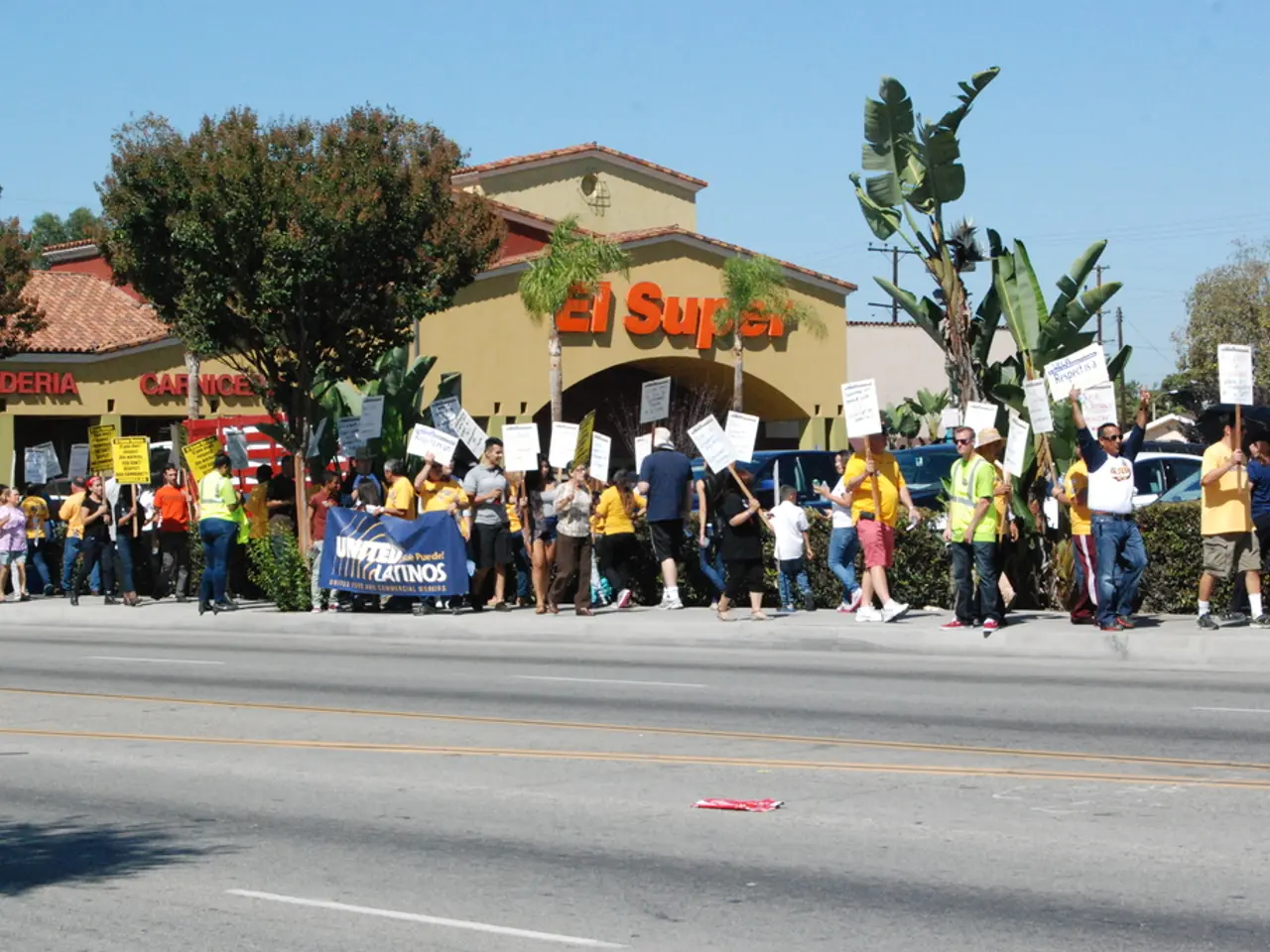Analysis of Effective Procedures for Public Opinion Polls and Elections Surveys
In the realm of politics, marketing, and social research, opinion polls and election surveys play a crucial role in gauging public sentiment, voting intentions, and key political issues. Here are some key elements to ensure robust and reliable polling results.
Sampling Techniques
To reduce bias, employ representative sampling methods such as random sampling, stratified sampling, or quota sampling. These approaches help ensure the sample reflects the broader population accurately.
Survey Design
Define the survey's aim clearly to focus questions on learning specific information. Use an easy-to-understand layout to avoid respondent confusion. Employ a mix of question types—multiple-choice, ordinal, ranking, and at least one open-ended question—to maintain engagement and gain both quantitative and qualitative insights.
Engagement and Quality Controls
Incorporate open-ended questions to detect respondent engagement and use minimum character limits to avoid shallow answers. Avoid repetitive or low-research-value questions and implement safeguards like automated quality checks for open responses to improve data reliability.
Survey Timing and Audience Segmentation
Time surveys appropriately and segment the audience by demographics or behaviors to increase relevance and response rates. Tailor questions to specific subgroups for more meaningful feedback.
Survey Methods
Choose the suitable survey method—telephone polls, online surveys, or face-to-face interviews—each having strengths and limitations regarding cost, accessibility, and potential bias.
Interpretation
Analyze response distributions to detect trends, recognize potential biases or errors in sampling or question design, and use advanced analytical techniques to extract deeper insights. Being mindful of the poll’s methodology is critical for interpreting results accurately.
Demographic and Behavioral Variables
Accounting for key variables such as racial, ethnic, gender, and religious identity can be important for understanding election behaviors and segmenting data meaningfully.
Pilot-Testing
Before sending out the survey, pilot-test it on a small group of people to ensure clarity, conciseness, and engagement.
Data Collection and Analysis
Surveys can be sent via email or online survey tools. Digital tools, AI analytics, and online platforms can speed up data collection, improve targeting, and reduce costs. By publishing full methodologies, sample details, funding sources, and data analysis techniques for public review, pollsters can ensure transparency in their surveys.
Integration of Social Media Data
Social media data can be integrated into election surveys using social listening tools to identify emerging issues, voter sentiment trends, and online influence patterns.
Adhering to Ethical Standards
Respect respondents and their privacy, avoid manipulation, and present results truthfully. Educate audiences on sampling, margin of error, and the difference between trends and final results to prevent public misinterpretation of polls.
Applying Global Best Practices in India
To apply international best practices to Indian election polls, adopt global standards in sampling, methodology, transparency, and data analysis while adapting to local contexts.
Contact Us
To get in touch, fill out the online form on the website or call 91 9848321284. Let's work together today!
Opinion polls and election surveys are essential tools to make informed decisions about policy and public opinion. By following these best practices, we can ensure that the results are reliable, meaningful, and contribute to a more informed public discourse.
- In the realm of education-and-self-development, social media analytics can be utilized to identify trends in interests, opinions, and learning needs, providing valuable insights for content creation and curriculum development.
- A blog focused on campaign strategy might discuss the role of surveys in political marketing, highlighting tips for designing effective surveys, interpreting results, and integrating social media data for comprehensive analysis.
- General news outlets can use analytics services to monitor social media conversations and identify key political issues and voter sentiments, allowing for more accurate and timely coverage of elections.
- To enhance public understanding and engagement in politics, offering free educational resources on the importance of robust polling methods, ethical standards in survey research, and critical evaluation of poll results can empower citizens to make informed decisions.




